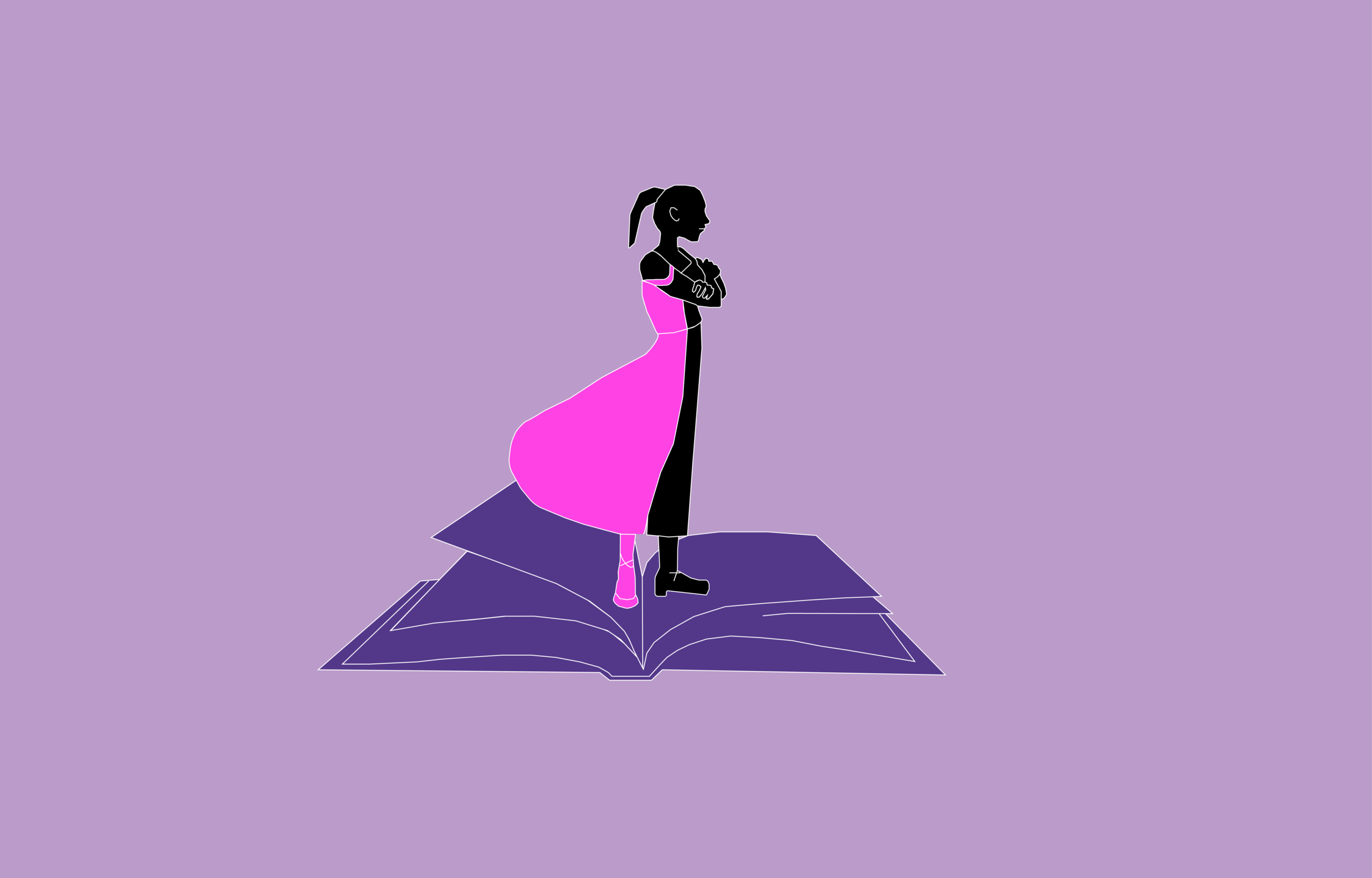When I first checked out The Hunger Games from my middle school library, I excitedly dove into the story, ready to experience the thrilling novel I’d heard so much about. But I wasn’t even fifty pages into the book when I realized I had one rather large problem: I couldn’t stand Katniss.
While her four-note whistle, three-fingered salute, and iconic French braid marked a new era of young adult literature finally dominated by women, the long wait for female representation allowed us to readily embrace heroines who were, at best, subpar. All these new depictions of strong female leads—women who sparked revolutions, held power, and were fierce and unstoppable—came at a price. Series after series, authors made their female characters “strong” by stripping them of traditionally feminine qualities.
This characterization perpetuates dangerous ideas about the relationship between femininity and strength, an occurrence we cannot afford in a literary world with so few female protagonists.
Take Katniss. She detests intimacy and is seemingly determined to avoid close relationships. In her mind, showing vulnerability or asking for help are nothing more than displays of weakness. She keeps herself from crying at all costs. She is a thinker over a feeler and a fighter over a lover. These aspects of her made her completely unrelatable—she was as cold as an ice cube and as expressive as a rock. I hated her personality, and having to read hundreds of pages narrated by her made my brain spin in circles inside my head.
I bitterly finished the novel and the rest of the series, holding out hope until the very end that it—and Katniss—would grow on me (they didn’t). My twelve-year-old self accepted the fact that maybe I just didn’t have the same taste in books, or characters, as everyone who had enjoyed the novel, and moved on to the next mainstream dystopian trilogy. But the other female leads, like Tris of Divergent and Teresa of The Maze Runner, were just as insufferable as Katniss.
The truth is, the traits these characters lacked, the ones treated as impediments to success, were exactly the ones associated with traditional femininity: emotionality, vulnerability, and empathy. My dislike for the protagonists stemmed from an inability to connect to them—an inability caused by the absence of typically feminine traits I value as part of my identity. Society often sees women as providers of comfort and warmth, and sees this softness as a limiting factor, so these female leads had to break this norm to make a name for themselves. These heroines sent the message that in order for women to be strong or achieve power, they must shed any qualities that make them traditionally feminine. But stripping female characters of these traits implies that womanhood is inherently incompatible with strength.
The presence of this idea in YA novels poses a danger to the self-image of the young girls reading them. Classifying this depiction of strength as the definition of female power tells young women that they must sacrifice a portion of their womanhood if it conforms to societal norms to gain respect and validity as leaders.
Not only do these female characters reinforce harmful ideas of what it means to be strong, but they also fall short from a literary perspective; in effect, the women of these novels lack depth. The emotional sides of their personalities are left underdeveloped out of fear that focusing too much on them would make the women too “girly” and thus less powerful and fierce. YA authors’ method of creating unstoppable female characters by overcompensating for their femininity left them with characters who lacked the traits many women—and people in general—relate to.
In reality, the inclusion of such characteristics would have improved not just the books’ messages on womanhood, but also the depth of their personalities and the literary value of their novels as well—a truth evident in novels with male protagonists.
For example, emotionality, though a traditionally feminine trait, was ever present in perhaps the most well-known male YA lead: Harry Potter. His reckoning with his parents’ deaths and ability to mourn, miss, and remember them added purpose to his quest against Voldemort. Harry is in touch with his emotions, giving his story a personal meaning that readers could connect to. He is able to show vulnerability and ask for help when he needs it. He understands that he can’t do everything alone and recognizes the value of teamwork, allowing others to take the lead when necessary.
Meanwhile, Katniss is the opposite. Since her emotional side is poorly developed, she is incapable of seeking out assistance and is hesitant to connect with others on an emotional level. However, a greater appreciation for these seemingly feminine qualities—vulnerability and sensitivity—could have been in her best interest. Had Katniss been more open to accepting help, perhaps she would not have had so many close encounters with death. If she had been more empathetic, maybe she could have avoided making so many enemies. The difference in the character-building highlights society’s double standards for women. Since men like Harry Potter are considered natural leaders, emotionality is not considered an obstacle to their success. But as women are consistently underestimated, they cannot afford the same luxury of vulnerability.
YA depictions of women fall short of their initial intentions. While many were created by female authors and stemmed from a valid desire to put women in the spotlight, they lack authenticity and range. We must question the validity of female representation if it fails to embody the traits many women relate to. Women can be emotionally expressive and vulnerable—both traditionally feminine traits—and still be independent and inspiring. They can be stereotypically feminine and still rise to positions of power. Unlike Katniss, they can be lovers and fighters.
While we still need more female representation in media and literature, we must be critical of the depictions we receive. If the price of a female character is femininity, are we really willing to pay?




